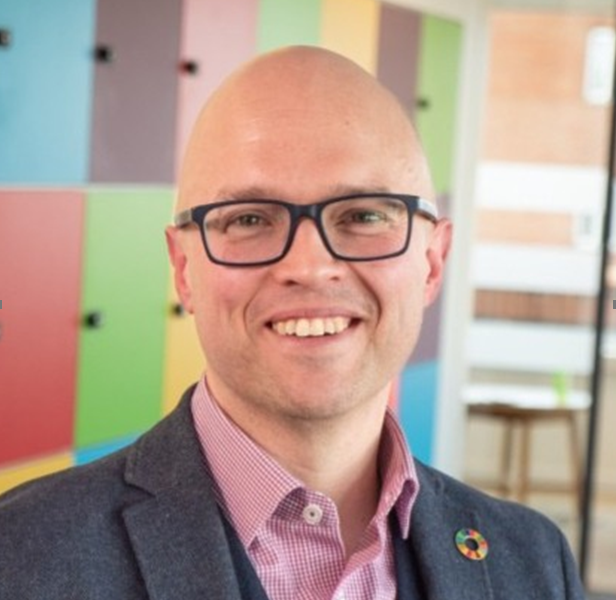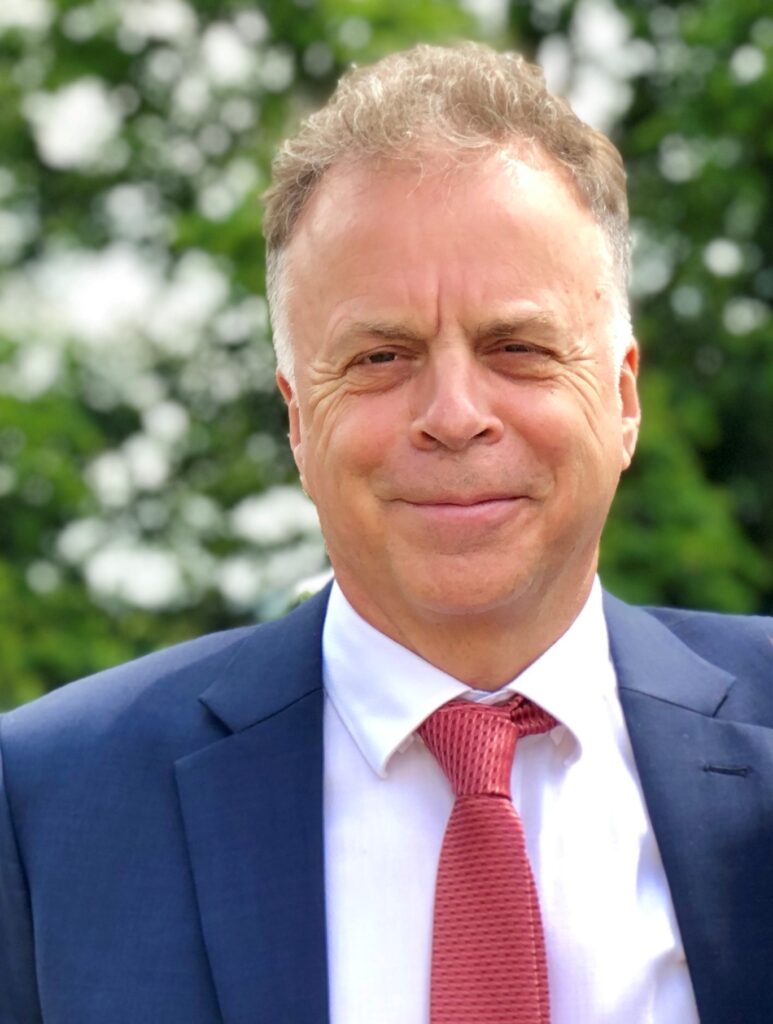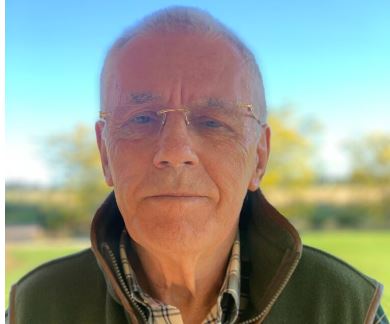
Sustainability is all about protecting our planet and its resources for future generations. For too many years we’ve lived without counting the full cost of our consumption levels or giving due regard to the material we throw away. Now as our thinking becomes more ‘green’, the majority of our efforts are forward looking; such as plans to ban diesel cars and reduce our reliance on single use plastics.
While this approach is very important, we should not ignore the legacy of our previous actions. We need to consider the land we have already contaminated, usually accidentally, and take remediation action so that it doesn’t harm our health, environment or economy.
Many in the waste and recycling industry may feel this isn’t their area of expertise, or crucially, their responsibility. However, like many sustainability initiatives, it requires someone to take the lead and there are opportunities to be had for those who do.
Sustained clean-up programme
The long-term shortage of affordable housing, means the government’s planning guidance sets out a ‘brownfield first’ objective and contains a framework within which former industrial land can be treated and safely brought back into new uses, including housing. With reportedly over 66,000 hectares of brownfield sites in England alone (around a third of which is in the high-growth areas of greater London, the South East and East) there is enormous potential for a sustained clean-up programme.
Even without the need for housing, remediating land removes a hidden and often overlooked danger which otherwise has the potential to do long-term damage. Although further research is needed, anecdotal evidence suggests man-made chemicals found in the soil at brownfield sites have a link to cancers, fertility complications, changes in liver function in both people and animals, and other health problems. It is unsustainable to leave these pollutants in place when soil and groundwater contamination can impact on our other initiatives to improve the environment.
Solutions are at hand
Where once landfill remediation involved costly processes and a significant amount of time, new systems and solutions mean the chemical pollutants can be treated cost effectively, and without being interrupted by other material such as large rocks and stones; the presence of which would formerly have caused considerable issues.
Soil washing systems can now remove heavy metals, hydrocarbons and other contaminants from soils, silts and sludge through a physicochemical treatment process. The soil is separated into coarse aggregates, sand and silt size fractions and then washed to remove surface contamination.
The result is soil which is treated, cleaned and suitable for use in property expansion and redeveloped land, a sustainable source of backfill for contractors, along with clean aggregate and sand suitable for re-use. Any material still needing to be disposed of will be relatively cheap as it is no longer hazardous.
A more complete picture
Landfill diversion may not be the last piece in the sustainability jigsaw, but it definitely allows us to have a clearer picture of where we want to get to. Just as we now try not to bury away our rubbish in landfills, we shouldn’t try to leave the legacy of our industrial past in the ground.











Subscribe for free